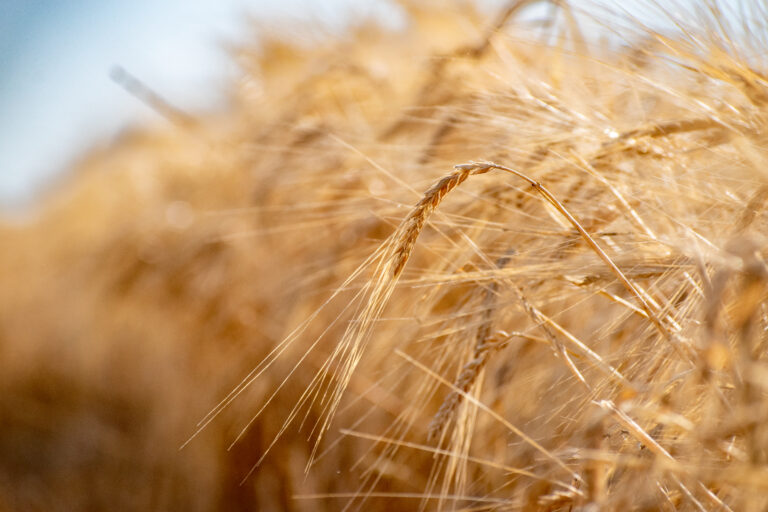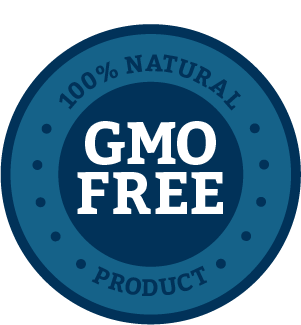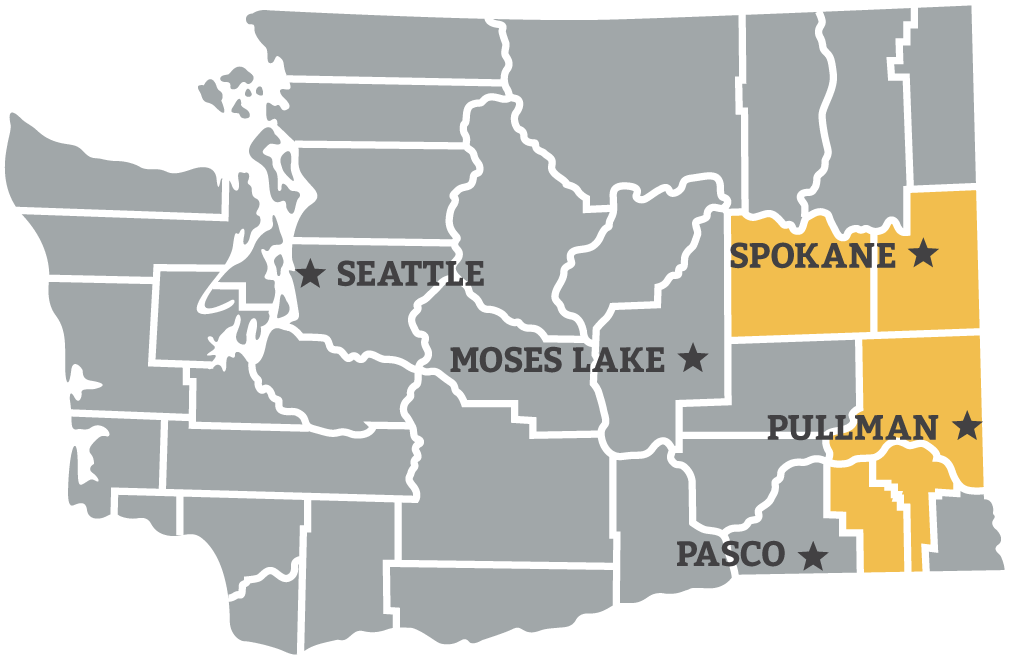About Washington Barley
Most barley grown in Washington is spring barley which is planted in early spring and harvested in late summer.
In 2023, Washington barley growers harvested 84,000 acres of barley which had an average yield of 53 bushels per acre (1.15 metric tons per acre). Total barley production for 2023 was 4.45 million bushels or 96,885 metric tons. Washington State is ranked sixth among the nation’s top barley-producing states.



